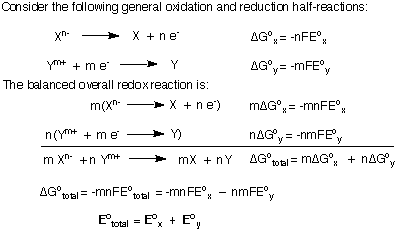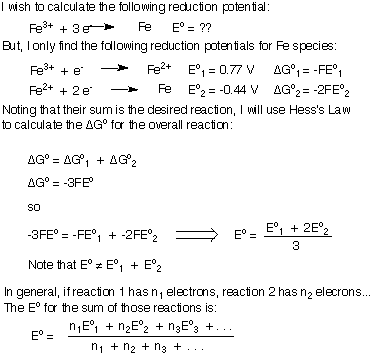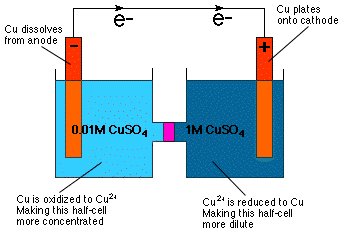Please wait while we process your payment
If you don't see it, please check your spam folder. Sometimes it can end up there.
If you don't see it, please check your spam folder. Sometimes it can end up there.
Please wait while we process your payment

By signing up you agree to our terms and privacy policy.
Don’t have an account? Subscribe now
Create Your Account
Sign up for your FREE 7-day trial
By signing up you agree to our terms and privacy policy.
Already have an account? Log in
Your Email
Choose Your Plan
Individual
Group Discount
Save over 50% with a SparkNotes PLUS Annual Plan!
 payment page
payment page
Purchasing SparkNotes PLUS for a group?
Get Annual Plans at a discount when you buy 2 or more!
Price
$24.99 $18.74 /subscription + tax
Subtotal $37.48 + tax
Save 25% on 2-49 accounts
Save 30% on 50-99 accounts
Want 100 or more? Contact us for a customized plan.
 payment page
payment page
Your Plan
Payment Details
Payment Summary
SparkNotes Plus
You'll be billed after your free trial ends.
7-Day Free Trial
Not Applicable
Renews July 22, 2025 July 15, 2025
Discounts (applied to next billing)
DUE NOW
US $0.00
SNPLUSROCKS20 | 20% Discount
This is not a valid promo code.
Discount Code (one code per order)
SparkNotes PLUS Annual Plan - Group Discount
Qty: 00
SparkNotes Plus subscription is $4.99/month or $24.99/year as selected above. The free trial period is the first 7 days of your subscription. TO CANCEL YOUR SUBSCRIPTION AND AVOID BEING CHARGED, YOU MUST CANCEL BEFORE THE END OF THE FREE TRIAL PERIOD. You may cancel your subscription on your Subscription and Billing page or contact Customer Support at custserv@bn.com. Your subscription will continue automatically once the free trial period is over. Free trial is available to new customers only.
Choose Your Plan
This site is protected by reCAPTCHA and the Google Privacy Policy and Terms of Service apply.
For the next 7 days, you'll have access to awesome PLUS stuff like AP English test prep, No Fear Shakespeare translations and audio, a note-taking tool, personalized dashboard, & much more!
You’ve successfully purchased a group discount. Your group members can use the joining link below to redeem their group membership. You'll also receive an email with the link.
Members will be prompted to log in or create an account to redeem their group membership.
Thanks for creating a SparkNotes account! Continue to start your free trial.
We're sorry, we could not create your account. SparkNotes PLUS is not available in your country. See what countries we’re in.
There was an error creating your account. Please check your payment details and try again.
Please wait while we process your payment

Your PLUS subscription has expired
Please wait while we process your payment
Please wait while we process your payment

Energy, Concentration, and Potential

Note that in the that the ΔG's were added together and then we solved for Eototal instead of simply adding the Eo's. As that proof shows, if there are no "left-over" electr ons in the overall balanced equation, then you can sum the potentials of the half-reactions.
However, if you are trying to add two reduction potentials to generate the reduction potential of a new reaction, your balanced equation will have some left-over electrons and you cannot simply add the two reduction potentials together. I will derive the formula for adding reduction or oxidation potentials together to generate a new half-reaction. I will use the reduction of Fe3+ to Fe metal as my example. Be sure to understand the important conclusion that when summing reduction potentials, Eototal does not equal the sum of the individual Eo's.

So far in our discussion of electrochemical cells, we have only considered reactions at "standard state" which are, in reality, impossible to achieve. The moment you hook up the wire connecting two half-cells the reaction proceeds and changes the concentrations of all reactants and products. Furthermore, if the reaction is exothermic or endothermic, the reaction mixture will heat or cool making it deviate from the standard temperature. Therefore, we need a way to relate Eo at the standard conditions and E, the potential at any real condition. That relationship, called the Nernst Equation, was first derived by Walther Nernst and earned him the 1920 Nobel Prize in chemistry. The is found below:

Please note that the familiar form of the Nernst Equation is only applicable when the reaction is carried out at 25oC (298oK). At any other temperature you need to use the first form of the Nernst Equation: E = Eo - (RT/nF) ln Q. One caveat in using the Nernst Equation: Q is the reaction quotient, so you must have already balanced the redox reaction to be able to place the correct power on each concentration term in Q. Make sure you use consistent units for both R and T!
As you can tell by inspection of the Nernst equation the cell potential depends on concentration. In fact, the equation implies directly that you can construct a galvanic cell with half-cells of identical composition but differing concentrations--a concentration cell. As is intuitively obvious from our knowledge of osmotic pressure a concentration cell reacts in such a manner as to dilute the more concentrated half-cell and to concentrate the more dilute half-cell as shown in .

As shown in the , the dilution of the cathode half-cell is achieved by reducing Cu2+ to Cu metal and plating that metal onto the Cu electrode. In the anode half-cell, the Cu anode is oxidized to Cu2+ and, thus, dissolved into the solution, making the anode cell more concentrated.
Please wait while we process your payment

